Working out is an essential part of staying fit and healthy, but did you know that the right gym shoes can make a huge difference in how effective your workout is, as well as impact overall comfort and safety? If you’re unsure of how to choose the best shoe for your fitness routine, this guide has you covered! With information on key features to look for in gym shoes and reviews on the best options available, you’ll be able to find the perfect pair of shoes for the gym.
What Kind of Shoes Should You Wear to the Gym?
Cross-training shoes
Cross-training shoes are a great option for the gym. They offer extra cushioning to protect your feet and ankles, as well as flexible soles that allow for quick changes in direction during workouts. Cross trainers are designed to provide stability and traction on a variety of surfaces, making them ideal for activities such as running, aerobics classes, weightlifting, and other sports.
Cross-training shoes typically have wide-toe boxes so your toes won’t feel pinched or cramped while you work out. Additionally, these types of shoes often come with additional features like shock absorption and breathability to help keep you comfortable throughout your workout.
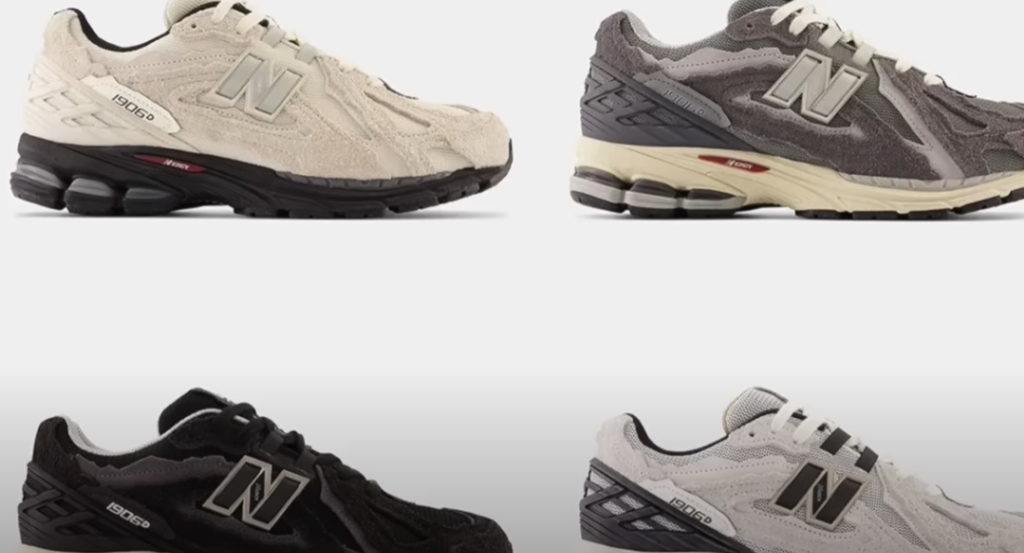
Running Shoes
If you plan on doing any kind of running at the gym (whether it’s on a treadmill or outdoors), running shoes are essential. Running shoes offer cushioning and support specifically designed for running, which can help reduce the risk of injury.
Most running shoes also come with features like added arch support and heel counter that provide stability during your run. Additionally, they often feature lightweight designs to help you move quickly and efficiently.
Lifting shoes
If you’re lifting weights at the gym, lifting shoes is a must. These specialized shoes provide extra stability and traction to help you lift heavier weights safely. Most lifting shoes also come with elevated heels, which can help improve your form while squatting and deadlifting. Additionally, these types of shoes often come with features like reinforced toe boxes to protect your toes from dropping heavy weights.
Training Shoes
Training shoes are designed for activities that require agility and speed. These shoes usually feature lightweight, flexible soles that allow you to move quickly and easily. Additionally, they often come with extra cushioning to help absorb the impact of dynamic movements like jumping and sprinting.
CrossFit Shoes
CrossFit shoes are specifically designed for CrossFit workouts. These types of shoes feature extra cushioning and stability to help you perform heavy lifts safely. Additionally, they often have wide-toe boxes and flexible soles that allow for quick changes in direction during routines [1].
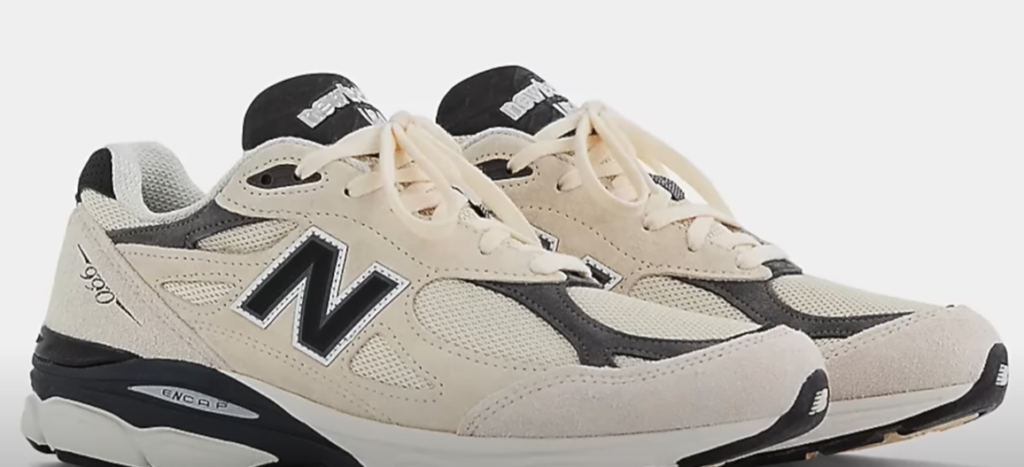
Gym Shoe’s Construction
Midsole
The midsole is the core of your gym shoes and provides cushioning, shock absorption, and stability. It’s typically composed of two components: EVA foam for cushioning and a plastic or rubber material for support.
Midsole construction will vary depending on the type of activity you’re participating in, but it should provide enough cushioning to ensure comfort during high-impact activities like running or jumping. Additionally, it should be firm enough that it doesn’t collapse under the weight of your body when you come down from a jump.
Upper
The upper of your gym shoe is often composed of synthetic or natural leather materials which help keep your foot secure while still allowing flexibility and breathability. Good upper construction should be snug around your foot, but not too tight. It should also provide adequate room for you to wiggle your toes so that your feet don’t feel constricted during activities.
Sole
The sole, or outsole of the shoe is the part in contact with the ground and needs to be durable enough to handle whatever type of terrain you’re running or walking on. The sole should have good grip and traction to help prevent slippage and injuries. Additionally, it should be flexible enough that it allows for a full range of motion while providing just enough cushioning from impact with the ground.
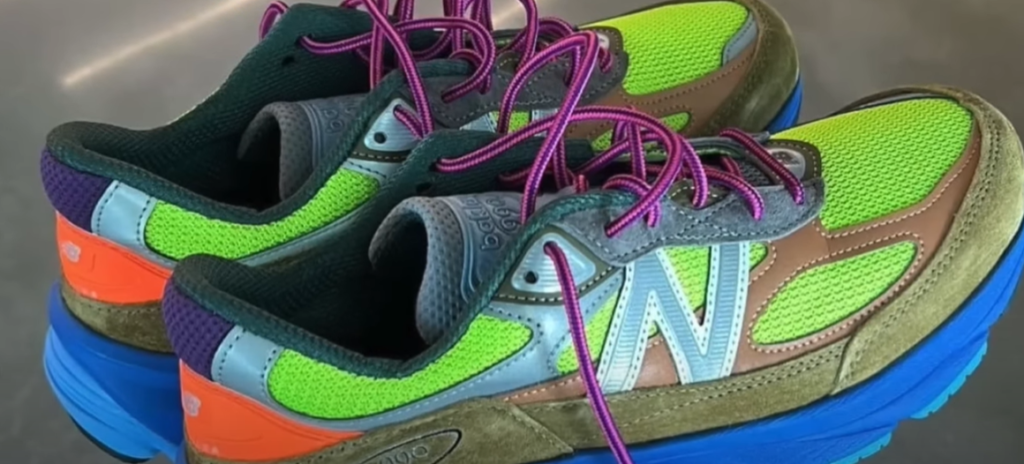
Overall Construction
In general, good gym shoe construction will involve lightweight materials, but still durable and supportive. The upper should be snug but not too tight, the midsole should provide cushioning and stability, and the outsole should have good grip and traction. A combination of these features will help ensure your gym shoes are comfortable enough to handle a variety of activities while still providing you with the support you need for a successful workout [2].
By understanding the different components of your gym shoe’s construction, you can make an informed decision that best supports your fitness goals. From long-distance running to weightlifting, having the right pair of gym shoes is essential for achieving top results in any activity.
Understand Your Training Shoe Fit Preferences
Width
The width of a running shoe is often overlooked when finding the right fit, but it’s essential to consider. A good-fitting running shoe should fit snugly in the heel and midfoot, with enough room in the toe box for your toes to move freely. Different brands have different lasts (the shape of the footbed) so you may need to try on several pairs to find one that best fits your foot shape and size.
Laces
The laces on a running shoe are just as important as any other part of its construction. When trying on shoes, make sure that you can easily tighten and loosen them without having too much excess lace or having them too tight around your foot. This will help ensure maximum comfort and control when you’re running.
Heel Fit
The heel should be snug, but not too tight, to provide stability and cushioning while running. If your shoes are too loose in the heel, your feet may slide around causing blisters or other discomforts. Likewise, if they’re too tight you may experience discomfort and possibly restricted blood flow in that area of the foot.

Cushioning
The amount of cushioning a shoe provides is determined by its midsole. Different types of runners will require different levels of cushioning depending on their gait and activity level. For example, runners who overpronate – roll their foot inward when they hit the ground – may benefit from a more cushioned midsole to provide additional stability.
Tread
The tread of a running shoe is particularly important for trail runners who need added traction and grip on uneven terrain. Different surfaces and terrains require different levels of tread, so consider the type of running you’ll be doing when selecting your shoes.
Style
Running shoes come in a variety of styles, from minimalist to maximalist, so make sure you find one that fits your personal style and preferences. Some people prefer minimal cushioning and support while others may opt for something more structured with additional features like arch support or heel counters. Finding the right style for you will help ensure maximum comfort throughout your run.
Length
The length of a running shoe is just as important as its width. Make sure you try on several different sizes to ensure that your toes have enough room to move freely and that the heel feels secure when laced up. A good-fitting shoe should feel snug but not tight in all areas.
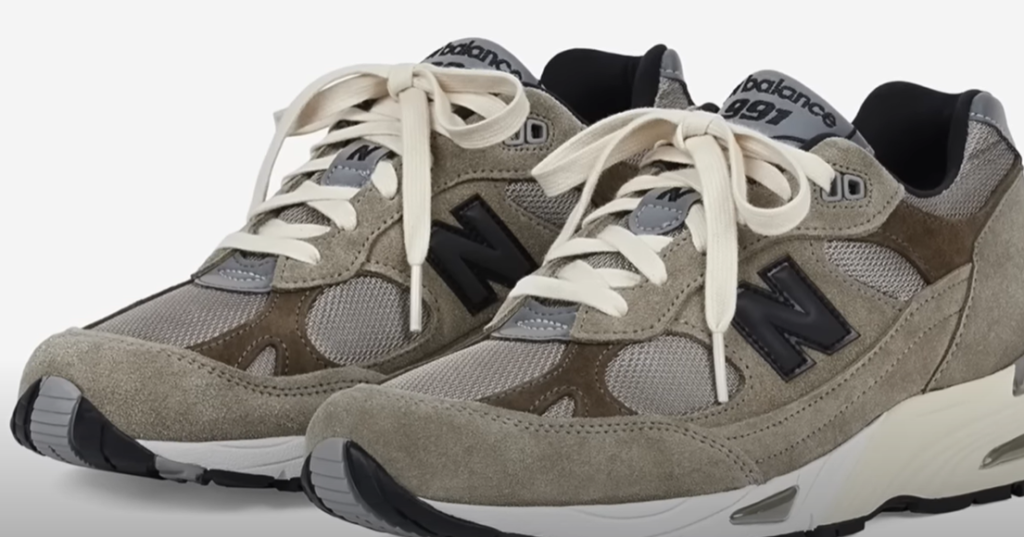
Heel-to-Toe Drop
The heel-to-toe drop is the difference in height between the heel and forefoot of a running shoe. Generally, shoes with lower drops (4mm or less) are best for forefoot strikers who tend to land on their toes first, whereas those with higher drops (8mm or more) are better suited for heel strikers. If you’re unsure which type of runner you are, it may be best to opt for something in between.
Finding a well-fitting pair of running shoes is essential for maximizing comfort and performance when running [3].
The Arguments For Barefoot Training
The arguments for barefoot training come from a variety of sources, including medical professionals and sports trainers. Below are three of the biggest benefits that advocate and experts cite for barefoot training:
- Improved Balance & Proprioception: One of the primary arguments in favor of going barefoot is that it helps to improve balance and proprioception (the ability to sense one’s body position). This can be beneficial in activities such as running or playing sports, where improved balance and better awareness of your body can help you move more efficiently.
- Strengthened Foot Muscles: The muscles in our feet play an important role in stabilizing us during movement, but they often get neglected when wearing shoes. Going barefoot can help to strengthen these muscles and improve balance, coordination, and agility.
- Reduced Impact on Joints: Shoes often limit the amount of shock absorption our feet receive when running or playing sports. This can lead to added strain on the knees, hips, and other joints, which can cause pain or injury over time. Barefoot training may provide more natural cushioning for our feet, which in turn can reduce stress on other parts of the body.
Overall, advocates of barefoot training believe that it provides improved stability and helps protect against injury due to its ability to strengthen foot muscles, improve proprioception, and reduce the impact on joint pressure points. While there is still debate about whether going completely shoeless is the best option for everyone, it’s clear that this type of training can have considerable benefits. Additionally, there are other types of shoes designed to mimic the feeling of being barefoot while providing protection and cushioning, so people who are not comfortable going fully shoeless still have options.
If you’re interested in trying out barefoot training, consult with a professional or certified trainer to ensure you understand all the risks and rewards associated with it. Safely done, it can be an effective way to improve balance, agility, and coordination [4].
How Should Your Gym Shoes Fit?
Gym shoes should fit snugly, but not too tight. The heel of the shoe should fit securely against your foot and there shouldn’t be any gaping around the sides of your foot. Your toes should have some room to move, but they shouldn’t feel cramped or squished. Make sure that you can comfortably move and flex your feet in all directions when wearing them.
Gym shoes are an important part of any workout, so make sure you take the time to find the perfect fit for your feet. It’ll help keep your feet healthy and provide comfort throughout your workout.
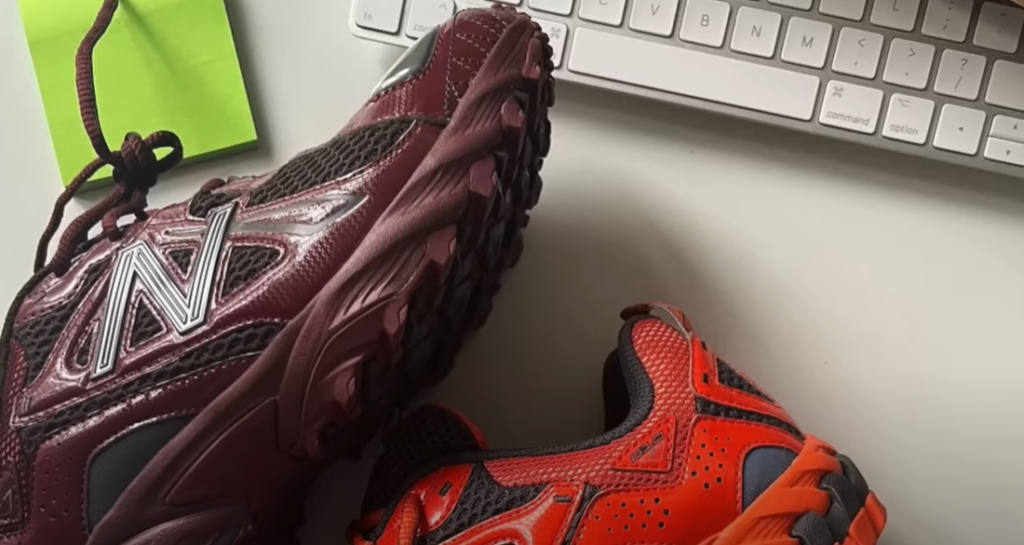
FAQ
Is it OK to wear sneakers to the gym?
It depends on the gym policies, but in general, it is acceptable to wear sneakers to the gym. Different gyms might have different regulations and some may require closed-toe shoes for safety reasons. If in doubt, check with your gym’s staff about what type of attire is allowed. Additionally, make sure that you choose a comfortable pair of sneakers that provide support and cushioning for working out.
Why wear flat shoes to the gym?
Flat shoes are important to wear while at the gym because they provide a stable base and prevent injuries that can occur when using machines or doing exercises. They also allow your feet to move more naturally, which helps you perform movements with proper form and efficiency. Additionally, flat shoes usually offer better cushioning than other types of footwear, so they help absorb shock and provide comfort during exercise. Finally, wearing flat shoes makes it easier to transition between different activities in the gym without needing to change shoes.
What should I do if my feet hurt after working out?
If your feet are feeling sore after a workout, there are a few things you can do to help relieve the discomfort. First, try giving yourself a foot massage and applying a cold or warm compress to the affected area. Using a foam roller can also help stretch out the muscles and tendons in your feet for relief. Additionally, wearing shoes with arch support and cushioning can help alleviate pressure on your feet while exercising. If the pain persists after trying these remedies, consult with a doctor as it may be an indication of an underlying medical condition.
What type of clothing should I wear to the gym?
The type of clothing you should wear to the gym depends on what kind of exercise you will be doing. Generally speaking, opt for lightweight and breathable fabrics that won’t restrict your movement or cause you to overheat. As far as footwear is concerned, opt for sneakers that provide adequate arch support, cushioning, and traction. Additionally, make sure to dress appropriately for the weather as some gyms may not have air conditioning or heating. Finally, don’t forget to bring a water bottle and towel for convenience!
Are there any risks associated with wearing sneakers to the gym?
Yes, there are certain risks associated with wearing sneakers to the gym if they do not fit properly or provide adequate support. Wearing ill-fitting sneakers can lead to blisters and other foot problems due to rubbing or pinching of the skin in certain areas. Additionally, it is important to choose shoes that offer enough cushioning to protect against injuries caused by excessive impact. Therefore, it is best to wear sneakers or other shoes specifically designed for exercise and always make sure that they fit properly.
What type of shoe should I buy for my gym workouts?
The type of shoe you should buy for your gym workouts depends on the types of activities you will be doing at the gym. For general fitness exercises like jogging, walking, and weightlifting, running shoes are usually a good choice as they provide ample support and cushioning. For high-impact activities such as aerobics or jumping rope, look for cross-training shoes with extra cushioning in the heel area. Additionally, if you primarily play sports such as basketball or soccer, opt for specialized shoes made specifically for those activities.
Is it OK to wear vans to the gym?
Vans shoes are not typically recommended for gym workouts as they do not provide enough support or cushioning. While they may work for activities that require minimal impact, such as walking or stretching, they can be uncomfortable and even lead to injury if used during high-intensity exercise. It is best to opt for sneakers or other types of athletic shoes specifically designed for the gym instead. Make sure to check with your gym’s staff about what type of attire is allowed before heading out. Additionally, make sure that you choose a comfortable pair of sneakers that provide support and cushioning for working out. This will help ensure an enjoyable and safe workout experience!
Do you need specific shoes for the gym?
Yes, it is important to wear the appropriate type of shoes for your gym workouts. While everyday sneakers may work for activities that require minimal impact, such as walking or stretching, they are not suitable for high-intensity exercises like running and aerobics. It is best to buy specialized athletic shoes designed specifically for the gym, as these will provide adequate support and cushioning to protect against injuries.
Additionally, many gyms allow you to wear clean indoor court shoes if you wish, allowing you to move between activities in the gym without needing to change shoes. Make sure to check with your gym’s staff about what type of attire is allowed before heading out. Additionally, make sure that you choose a comfortable pair of sneakers that provide support and cushioning for working out.
Can I work out in normal shoes?
While it is possible to work out in normal shoes, it is not recommended as they will not provide enough support or cushioning for high-intensity exercises. Wearing the wrong type of shoe can lead to injury and discomfort, especially if you are engaging in activities that involve a lot of jumping or running. It is best to purchase specialized athletic shoes designed specifically for the gym, as these will provide adequate support and cushioning to protect against injuries. Additionally, many gyms allow you to wear clean indoor court shoes if you wish, allowing you to move between activities in the gym without needing to change shoes. Make sure to check with your gym’s staff about what type of attire is allowed before heading out.
What is the shoe rule in the gym?
The shoe rule in the gym varies depending on the facility. Generally speaking, it is best to wear a pair of clean, supportive sneakers or athletic shoes specifically designed for the gym. Many gyms also allow you to wear clean indoor court shoes if you wish, allowing you to move between activities in the gym without needing to change shoes. It is important to check with your gym’s staff about what type of attire is allowed before heading out. Additionally, make sure that you choose a comfortable pair of sneakers that provide support and cushioning for working out. This will help ensure an enjoyable and safe workout experience!
When should I replace my gym shoes?
It is important to regularly inspect and replace your gym shoes as they will wear out over time due to regular use. Generally speaking, most experts recommend replacing your gym shoes every 6-12 months depending on how much you use them. Additionally, if you notice any signs of wear and tear such as fraying or thinning in the heel area, it is best to go ahead and get a new pair. It is also a good idea to opt for specialized shoes made specifically for sports such as basketball or soccer if you primarily engage in these activities at the gym. Make sure to check with your gym’s staff about what type of attire is allowed before heading out.
What other clothing should I wear to the gym?
In addition to a pair of supportive, comfortable shoes, it is important to wear workout clothes that are fitted but not too tight. This will ensure your movements are unrestricted and you won’t overheat during exercise. It is best to avoid loose-fitting clothing as this can get in the way while working out. Additionally, make sure that you choose a comfortable pair of sneakers that provide support and cushioning for working out. This will help ensure an enjoyable and safe workout experience! Finally, always bring a towel with you to the gym as well in case you need to wipe off sweat or equipment after use.
Useful Video: Best 5 Budget Gym Shoes | Top 5 Training Shoes | Hindi
Conclusion
Shoes for the gym are a necessity for anyone looking to stay healthy and active. The right shoes can be the difference between an enjoyable workout and one that leaves you feeling sore and exhausted. With so many options available, it is important to find shoes that fit your needs and provide the necessary support, flexibility, and cushioning needed for an effective workout. While there may not be a perfect shoe for everyone, this guide should have given you some insight into what to look for to make sure you get the most out of your workout. Remember, taking care of your feet will help ensure that you stay healthy, happy, and energized during any exercise routine.
References:
- https://www.valeriebisharat.com/blog/what-kind-of-shoes-should-you-wear-to-the-gym
- https://shoemakersacademy.com/shoe-construction/
- https://thatfitfriend.com/consider-buying-training-shoes/
- https://www.shape.com/fitness/tips/benefits-barefoot-training

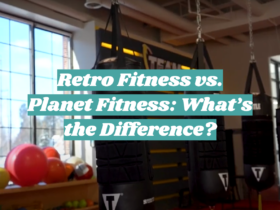

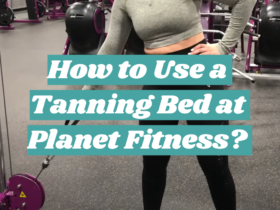
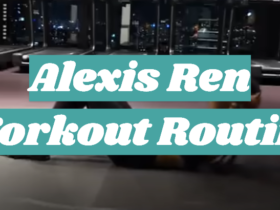
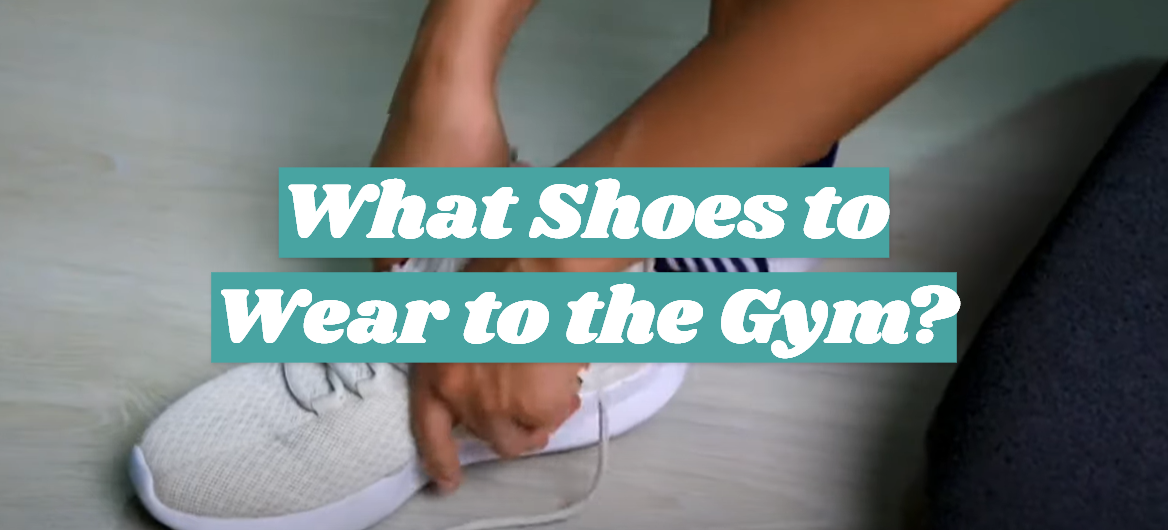



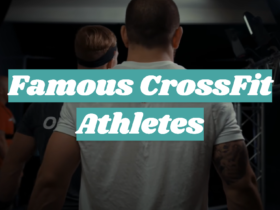
Leave a Review